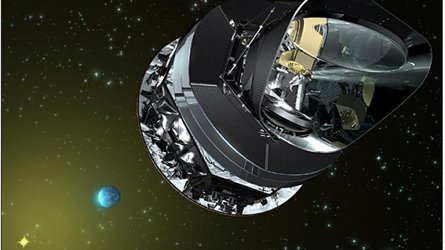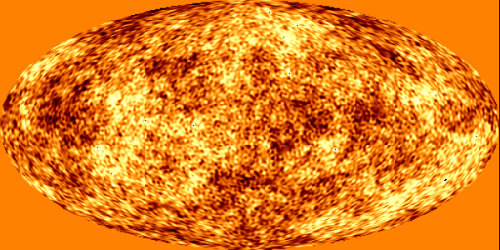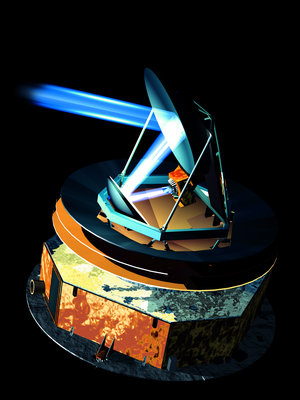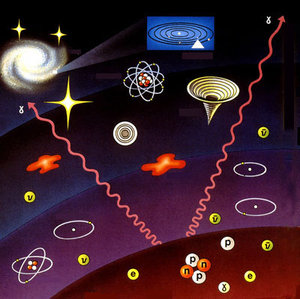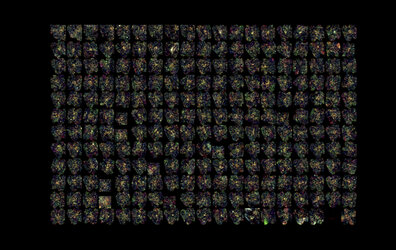Key questions
The anisotropies, i.e. the uneven temperature distribution in the cosmic background hold answers to many key questions in cosmology. Some refer to the past of the Universe, such as what triggered the Big Bang, and how long ago it happened.
But some other questions look deep into the future. For instance, what is the density of matter in the Universe and what is the true nature of this matter? These parameters could tell us if the Universe will continue its expansion forever or if, on the contrary, it will end up collapsing on itself in an inverse process to the Big Bang, which one might call the 'Big Crunch'.
Now, thanks to NASA’s Wilkinson Microwave Anisotropy Probe, we know that our Universe will most likely not crunch; however, new insights are telling us that the future fate of the Universe is even less predictable than we thought.
Some of the new uncertainties are related to the existence of ‘dark energy’ which may exist in large quantities in our Universe, as indicated by recent observations that measure the light from distant exploding stars. Is it really there? And, if so, what are its effects?
The most powerful tool to analyse the anisotropies is the CMB, and ESA's Planck satellite will shed light on these issues.
The birth of the Universe

The period up to a millionth of a second after the birth of the Universe is full of uncertainties: there are no solid observations or speculation-free arguments to confirm or disprove theories covering this period.
According to the most accepted hypothesis, at the beginning of this epoch a process called 'inflation' occurred. During inflation, the Universe expanded extremely quickly, after which it expanded and cooled much more slowly. If this is what actually happened, the inhomogeneities in the CMB will reflect some of the details of the event, and Planck will provide us with the most reliable information about it.



